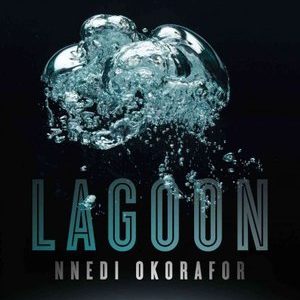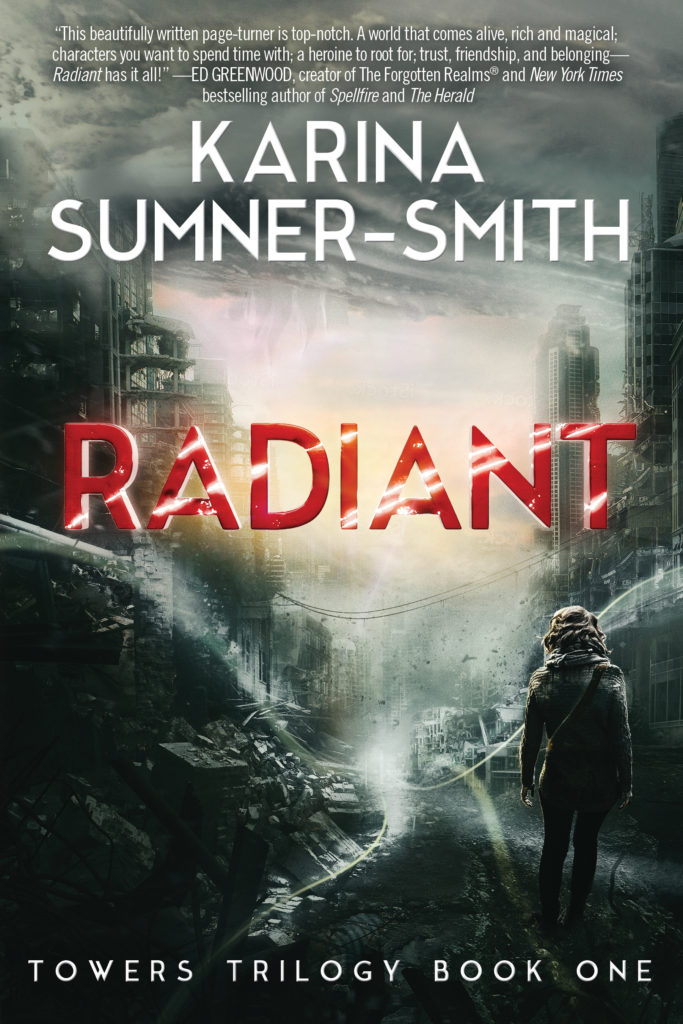Book Review: Lagoon by Nnedi Okorafor

Lagos. It’s one of the most populous cities in the world and yet it is a city that is relatively mysterious to most Western audiences. Its geography, its nature, and even the languages spoken there (did you know the first language for many in Lagos is a Pidgin language and not English?) do not readily come to mind. But why would aliens, if they would come, necessarily park their ship above London, or crash into New York Harbor outside the U.N., or send troops into Los Angeles? Why wouldn’t they pick, instead, say, Lagos? What would a first contact be like if shapeshifting aliens who decided to come to stay on Earth for a while decided to skip the usual suspects and land in the lagoon outside the city of Lagos? Lagoon, by Nnedi Okorafor explores that exact first contact scenario.
Mining the Genre Asteroid: The Morgaine cycle of novels by C.J. Cherryh

Imagine a universe where a set of Stargates connect distant worlds. Many of these worlds have a low level of technology, and often fear and distrust those who come through the Stargates. The secret of making the Stargates, and who and why they made them, is only distantly known. Now imagine an expedition of individuals going through the various Stargates, seeing the various worlds that they connect. Meeting the human and not quite so human races to be found on these worlds. So far, you should be thinking of Stargate, the movie and its sequel series Stargate SG-1, Stargate: Atlantis and Stargate: Universe. Now imagine that it was determined that the Gates had destroyed a galactic civilization, and could still change and wipe out worlds and polities with a careless bit of travel. And so this expedition’s mission isn’t just to explore the Stargate network — but to destroy it, one gate at a time. The science fantasy Morgaine novels, by C.J. Cherryh, explore the quest of the last member of an expedition to do just that.
Review: The Liminal War by Ayize Jama-Everett

Earlier this month on The World in the Satin Bag, Shaun Duke posted on his increasing weariness of long novels, particularly those over 500 pages. I personally don’t mind a hefty volume, particularly in epic fantasy where simply being immersed in the world (even its bloat) is just as enjoyable as the story itself. But, I get his frustration. Most books don’t need such length. A compact novel can pack a satisfying spectrum of literary punches without demanding an epoch of reader commitment. Ayize Jama-Everett’s The Liminal People had just this sort of effect on me with its mere 190 pages. Originally published by Jama-Everett in 2009 and subsequently reprinted by Small Beer Press, the novel shares elements of pulp noir and Octavia Butler’s Patternmaster series. The sequel, The Liminal War, is newly released at a similarly slender 224 pages.
Book Review: Radiant by Karina Sumner-Smith

Sitting squarely in the borderlands between science and fantasy, Karina Sumner-Smith’s first turn into novel length fiction (after a number of well received stories, including the Nebula nominated “An End to All things”) is the strongly crafted story of the ghost-seeing young woman Xhea in RADIANT, the first in the “Towers Trilogy”. The science fantasy city of the Lower City and the Towers floating above provides a secondary world urban fantastical environment for Radiant’s story. Class in this world is very much a function of the ability to use magic. Those who can and do practice magic competently live in the floating Towers that serenely hover over the ruination and post-apocalyptic state of the Lower City left behind. The dregs of society, on the other hand, live in those lower city ruins, in quarters ranging from makeshift shelters in ruined subway tunnels to skyscrapers that try and reach the sky.

